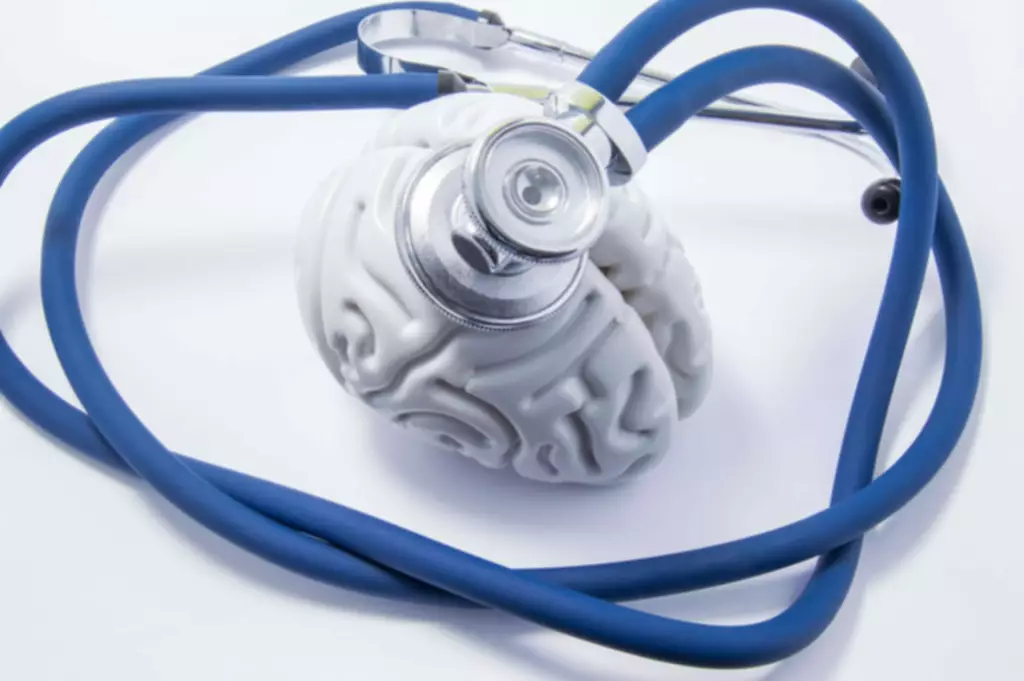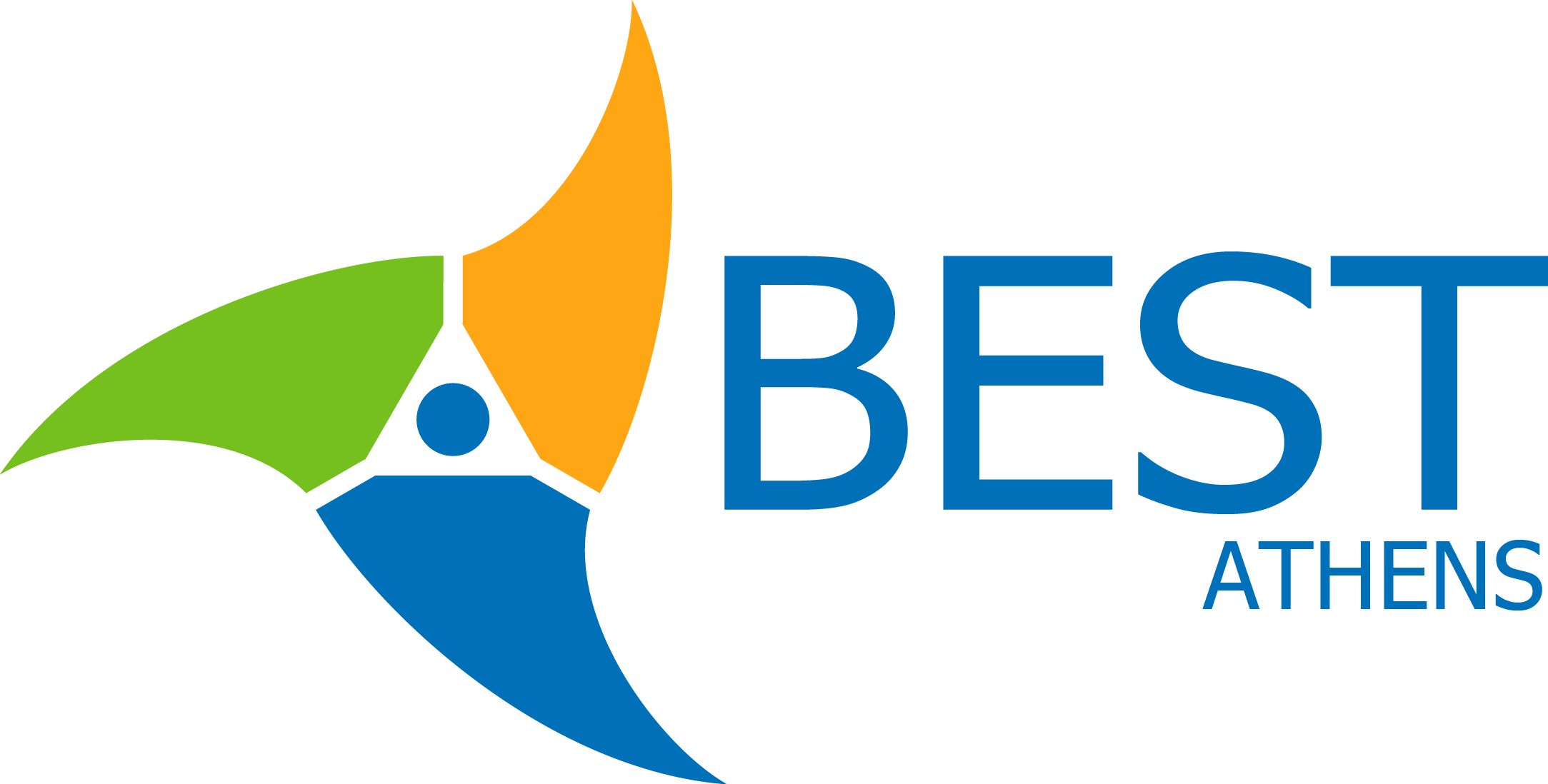Some states have legalized recreational marijuana use. As result, a large portion of the American public believes weed is harmless. This misconception may deter people from seeking treatment for marijuana dependence or addiction. Marijuana addiction treatment can occur in a residential or outpatient setting. It begins with building motivation for achieving sobriety and is followed by weeks or months of counseling and therapy.
- (iii) Tetrahydrocannabinols does not include any substance that falls within the definition of marijuana set forth in 21 U.S.C. 802(16).
- In 2021, there were 1,326,205 drug reports from State and local forensic laboratories in the United States, an increase of 3 percent from 2020.
- Those who are dependent on pot but not addicted may benefit from outpatient treatment.
Gas stoves may contribute to early deaths and childhood asthma, new Stanford study finds
These are people who have tried to quit on their own many times but couldn’t do it alone. If this sounds like you, contact a treatment provider today. Dr. D’Souza and others at Yale Medicine are hard at work developing the most promising behavioral, pharmacological, and combined treatments for cannabis marijuana addiction use disorder. Cognitive behavioral therapy, which helps to identify and modify damaging thinking and behavior, can also help people overcome addictions. Like the naturally occurring cannabinoids present in the cannabis plant, there are a number of synthetic cannabinoids that are made in a laboratory.
Inpatient Marijuana Addiction Rehab
Mixing a marijuana and alcohol addiction can lead to increased intoxication, impaired judgment, and an increased risk of accidents and injuries. Inpatient treatment involves living full-time (including overnight) at a treatment facility for a set period. Outpatient treatment involves scheduled appointments at a facility in which you are free to come and go. Within each category, there are several distinctions.
Know the Risks of Marijuana
Bill would affect Oregon marijuana funds for Measure 110 – KGW.com
Bill would affect Oregon marijuana funds for Measure 110.
Posted: Wed, 08 Feb 2023 08:00:00 GMT [source]
For those whose lives are negatively affected by Marijuana use, there are many options that lead to recovery. Contact your insurance carrier to verify your benefits. Additionally, many treatment facilities accept credit cards and have financing options as well. Behavioral therapies may help treat cannabis addiction.
But it can also be smoked with a pipe, a bong, or as a “blunt” which is made by stuffing empty cigars with dried cannabis leaves. Marijuana is also consumed as tea or as an “edible” mixed into food. Talking with a professional and doing your own research will help you figure out which type of treatment is best for your individual needs. Other support groups also exist, like the SMART Recovery Program. This is more suitable for someone looking for options outside the traditional 12-step model.
What are the Risks of Marijuana Addiction?
- But, cannabis usually refers to the plant and other by-products such as hashish and hash oil.
- The scientific evidence must be widely available.
- Most rehab centers treat marijuana addiction.
- Some states have legalized recreational marijuana use.
On a related note, the combination of marijuana and alcohol increases driving impairment more than either substance alone. A number of studies link chronic marijuana use and mental illness. High doses can produce a temporary psychotic reaction in some users.
Behavioral disorders, such as gambling or porn addictions, are great examples of the power of mental dependencies. There are many people who use Marijuana on a daily basis (such as for medical purposes in cases where an individual has a prescription from a doctor) who are not considered to have an addiction because their consumption is controlled and manageable. Those who are unable to control their use and intake, however, do meet the diagnostic qualifications of a substance use disorder or addiction. The American Psychiatric Association’s most recent criteria for substance use disorders include tools to identify cannabis addiction. For someone to be considered addicted, he or she must meet at least two of the 11 criteria, which include an inability to reduce consumption, constant cravings, and relationship and social problems. Adolescence, a period during which the brain is undergoing major changes, is an extremely poor time period for young people to try the effects of marijuana.
- Although Marijuana may not be physically addictive in the same way as other drugs like Heroin or alcohol, the psychological addiction can be powerful.
- It is ideal for anyone who struggles with marijuana dependence, but not addiction.
- People who use marijuana for recreation do it for their personal enjoyment.
- Further, individuals diagnosed with CUD experience more severe and longer lasting withdrawal symptoms when discontinuing marijuana than individuals who do not have a diagnosis of CUD.
- Many people seeking support after rehab may find Narcotics Anonymous (NA) to be more accessible.
Office of Addiction Services and Supports
Two synthetic cannabinoids are approved for use by the U.S. Food and Drug Administration to treat nausea and vomiting induced by chemotherapy, both available in capsule form. If you or someone you love is ready to take the next step in addressing an addiction, The Recovery Village is here to help. Contact us today to learn more about our personalized, evidence-based programs that can fit your unique situation and needs.
What are the treatment options for cannabis use disorder?
They may lose their job or have trouble feeling happiness. However, inpatient or outpatient therapy can assist people who are struggling to quit on their own. All of this is not to say that there is no such thing as a cannabis withdrawal syndrome. It isn’t life-threatening or medically dangerous, but it certainly does exist. It makes absolute sense that there would be a withdrawal syndrome because, as is the case with many other medicines, if you use cannabis every day, the natural receptors by which cannabis works on the body “down-regulate,” or thin out, in response to chronic external stimulation. When the external chemical is withdrawn after prolonged use, the body is left in the lurch, and forced to rely on natural stores of these chemicals, but it takes time for the natural receptors to grow back to their baseline levels.


No responses yet